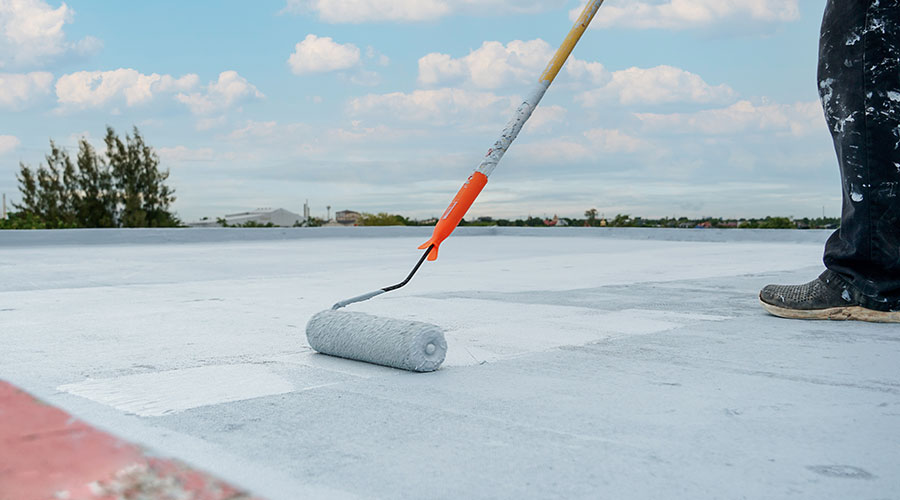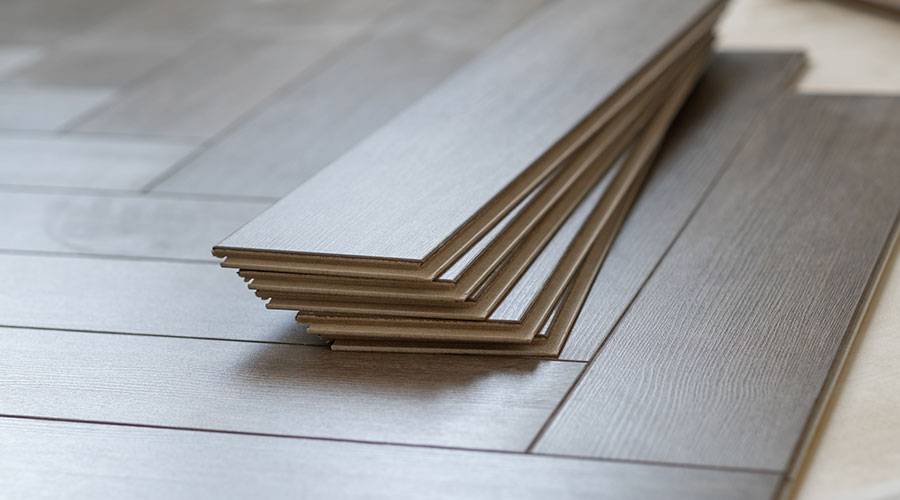Installation Suggestions For Single-Ply Roofing Systems
Once managers have settled on the type of single-ply system to install, the next step is ensuring that installation occurs as intended during design to prevent problems, such as the introduction of moisture.
"If the single-ply system is not installed correctly, then you run the risk of high maintenance costs by not only having to repair the membrane but also having increased risks of having to replace the underlying components sooner than with multi-ply systems because you do not have the added protection for additional layers," Patel says. "If you don't address moisture issues within the substrate at the beginning of the project, maintain proper adhesive application, proper flashing details or proper membrane application, you may be constantly patching or prematurely replacing the roofing system.
"With single-ply membranes, your primary mode of failure occurs at the seams of the membranes. If a membrane seam has failed, you've got immediate water penetration into the roofing system, so the seams really need to be inspected to ensure they are installed properly, for example, whether they are heat-welded seams with a PVC or TPO system or adhered seams with an EPDM system."
Patel also warns managers to beware of moisture in the existing roof's substrate.
"If you install an adhered roofing system, that moisture is eventually going to start to cause debonding of the insulation and cover board and possibly of the roofing membrane," he says. "And through wind-uplift cycles, you're going to lose the adhesion of the roofing system. That often gets overlooked."
Installation problems often have their roots in faulty design, Hargrove says, pointing out these common installation problems that proper design can address:
- Incorrect or insufficient seam seals.
- Incorrect or incomplete flashings.
- Incorrect or insufficient installation of adhesives or fasteners, which can affect wind uplift. Failure due to wind is one of the most common modes of failure for low-sloped roofs.
- Insufficient slope to drains. The result can be standing water, which can cause some adhesives to deteriorate.
- Insufficient drains, which can lead to the roof having insufficient capacity to remove water during storms.
Related Topics:














